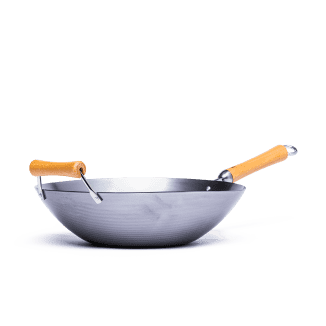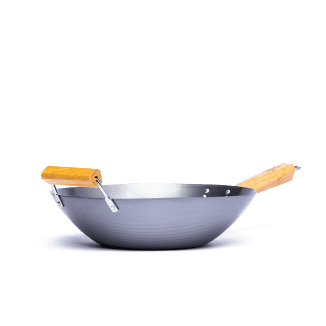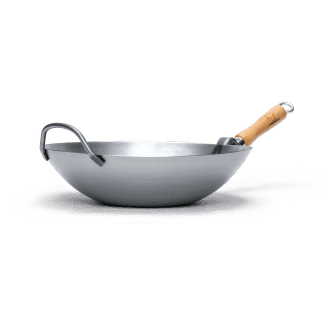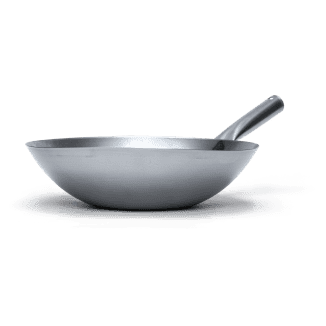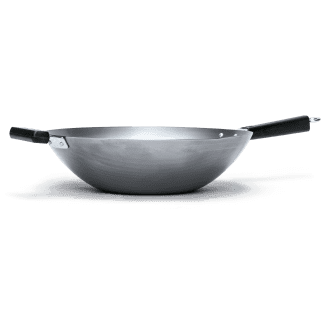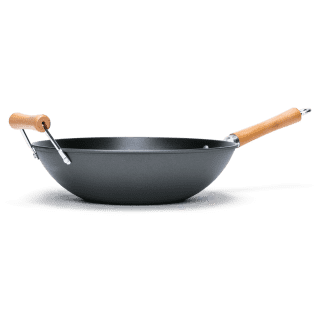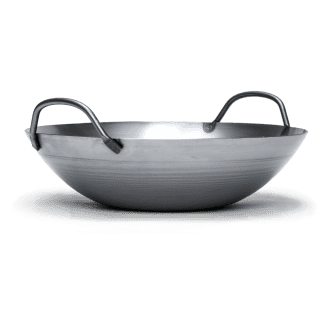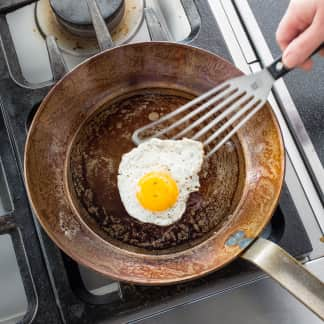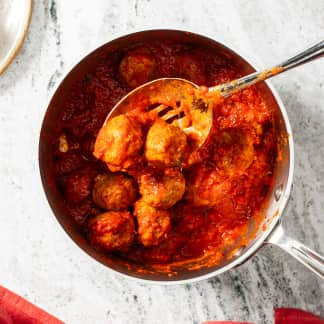Because this is America’s Test Kitchen, we’re always questioning our assumptions. For years, we’ve tweaked conventional stir-fry recipes to achieve delicious results in a nonstick skillet rather than a wok, the traditional cooking vessel. Since American stove burners are flat, we aimed to get more contact with the heat source by using the broad cooking surface of a 12-inch skillet instead of the smaller bottom surface of a wok. Recently, we decided to take another look at woks.
There was a lot to learn. You can buy woks in a huge range of materials, shapes, and sizes. We turned to Grace Young, wok expert and James Beard Award–winning author of Stir-Frying to the Sky’s Edge (2010), The Breath of a Wok (2004), and The Wisdom of the Chinese Kitchen (1999). She and other experts advised us that carbon-steel and lightweight cast-iron woks are the top choices for cooks. These materials transfer heat efficiently, so they sear foods more effectively than woks made of stainless steel or clad materials or woks coated in a nonstick material. As we’ve learned from testing cast-iron and carbon-steel skillets, these metals also gradually acquire seasoning as you cook; over time, the polymerized oil naturally makes them more and more nonstick. With a well-seasoned wok, we might be able to skip using nonstick-coated skillets while retaining the benefits of their slick surfaces.
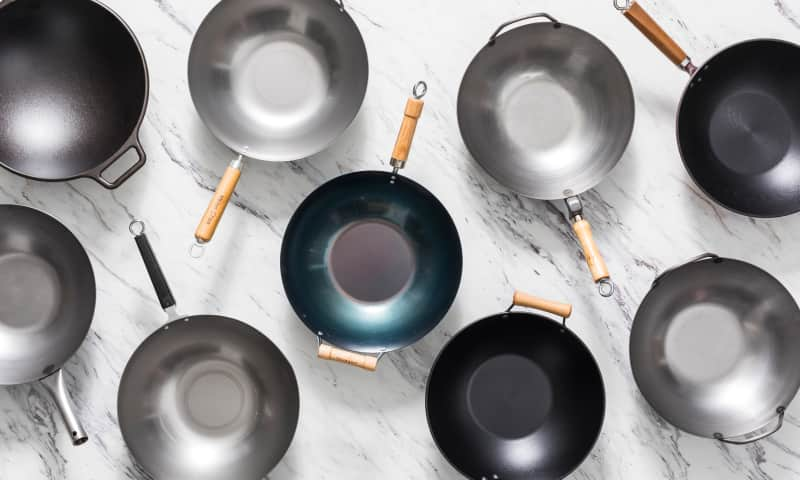
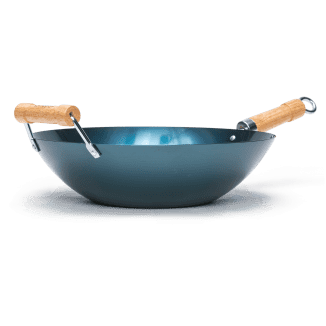
 Buy at Taylor & Ng
Buy at Taylor & Ng